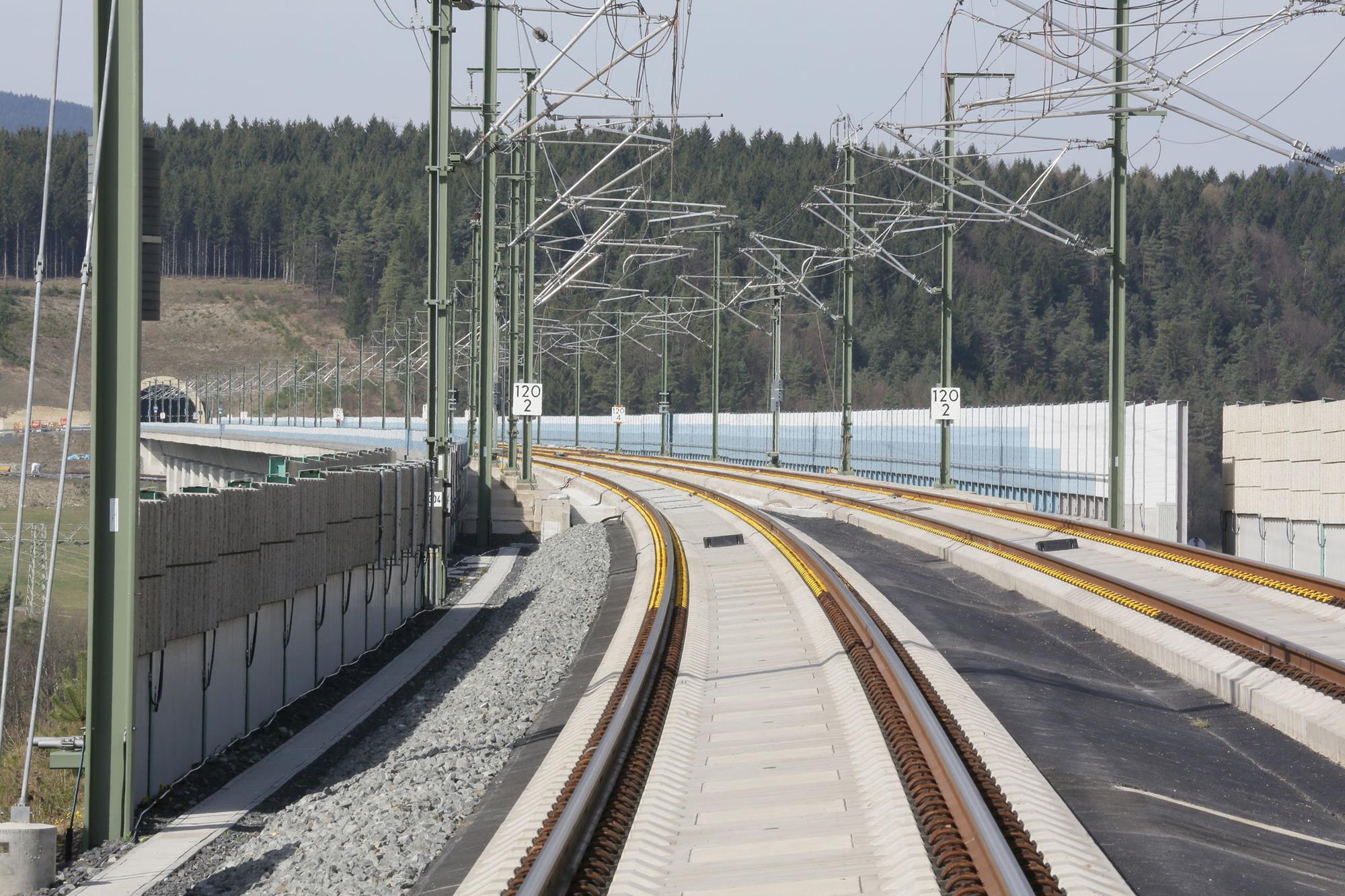With high speed fail, you have to have other considerations built in:
The track has to be grade separated. Unlike normal rail, you need to put barriers up in many areas to prevent persons from getting near the track due to the speed of the train. Roads and such have to have over or under passes built rather than grade level crossings at all points where they cross the fail line.
Always a good idea with high speed rail. If you run at grade, you must slow down for crossings, and animals can jump the barriers.
The track has to be installed with a greater degree of precision raising its cost of installation
Yes. The ballast has to be higher grade, or fully tied to reinforced concrete the whole way, and the rails must be welded into a continuous rail. Lots of thermite and the equipment to use it.
The track has to be a separate line from that used by freight rail, etc. That is, just high speed fail runs on it meaning a lower utilization rate and resulting higher costs due to the lower density of rail traffic on it.
Also true. Freight trains are large and slower. Switching, signalling, and block management requires slowdowns in switching areas and waiting for freight trains to clear the block.
The cost of the train itself is much higher as well due to higher speed. It's like putting the Concorde supersonic airliner in service only worse.
The rolling stock is more expensive than normal, certainly. If maglev is used, you have the additional costs associated with that, including a lot of extra power distribution to handle the magnets.
The Concorde WAS put into service. It saw most service over the Atlantic. It used a lot of fuel though, the reason the Concorde was retired.
We have one at the museum at Boeing Field in Seattle. Did you know this aircraft not only had a nose wheel, but was also a tail dragger?
Yup. It has a tail wheel AND a nose wheel!
The reason for the tail wheel was due to the delta wing the aircraft used. This wing requires a high angle of attack just to get airborne. The tail could easily touch the runway on takeoff on landing.
An amazing plane, really. It just couldn't pay it's freight as the cost of fuel went up.




